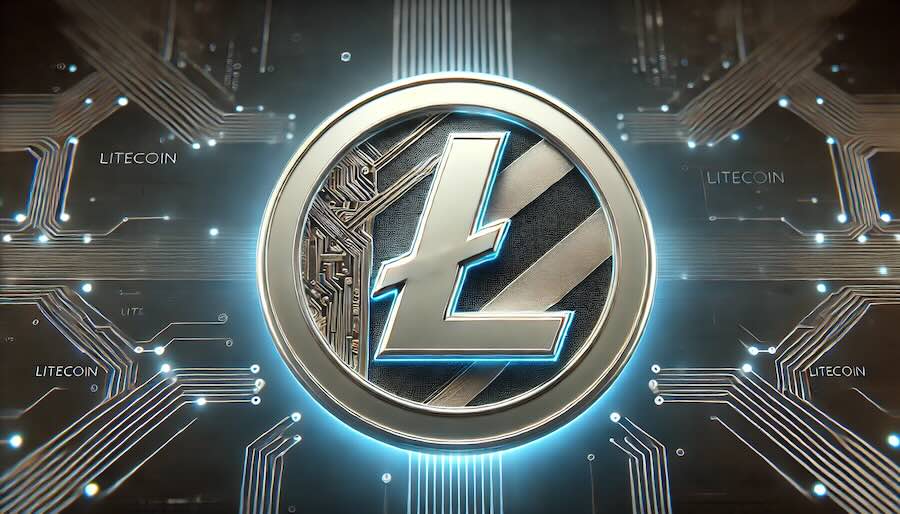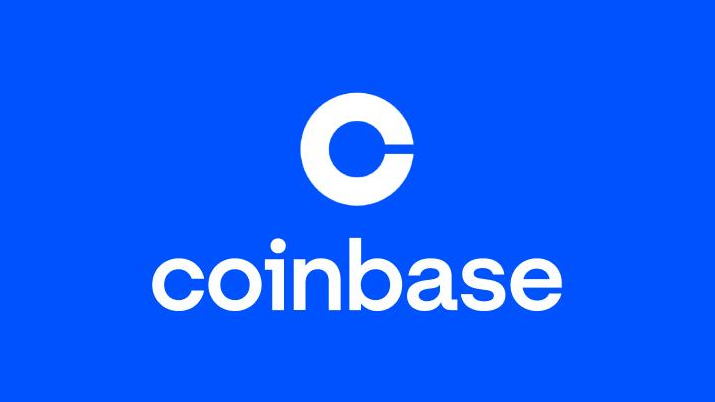
Charlie Lee
Charlie Lee: Creator of Litecoin and Early Crypto Pioneer
Charlie Lee (born 1977) is a prominent computer scientist and influential early figure in the Cryptocurrency space, best known as the creator of Litecoin (LTC) in 2011. Litecoin emerged as one of the first successful Altcoins, designed with modifications aimed at making it faster and cheaper for transactions compared to Bitcoin, earning it the popular moniker "the silver to Bitcoin's gold." Lee, a former Google engineer and early Director of Engineering at Coinbase, continues to guide Litecoin's development and adoption as the Managing Director of the Litecoin Foundation.
Early Life, Education, and Career
Born in Ivory Coast, West Africa, Charlie Lee moved with his family to the United States at age 11, settling in New Jersey. He attended the prestigious Lawrenceville School before pursuing higher education at the Massachusetts Institute of Technology (MIT). At MIT, he earned both a Bachelor of Science and a Master of Engineering degree in Computer Science, graduating in 2000.
Following his graduation, Lee embarked on a successful career as a software engineer in the tech industry. He worked at companies like Kana Communications and Guidewire Software before joining Google in 2007. During his tenure at Google, he contributed to significant projects including Chrome OS, YouTube Mobile, and Google Play Games.
Discovering Bitcoin and Creating Litecoin (2011)
Around 2011, while still working at Google, Charlie Lee encountered Bitcoin and became deeply interested in its underlying Blockchain technology and decentralized principles. Inspired by Bitcoin but seeing potential areas for variation, he decided to create his own cryptocurrency.
"When I first discovered Bitcoin, I saw its potential to change the way money works, to democratize finance. I wanted to build something faster and cheaper while maintaining Bitcoin’s core strengths," Lee has explained regarding his motivation.
In October 2011, Lee released Litecoin as an open-source project. It was fundamentally based on Bitcoin's codebase but incorporated several key modifications intended to make it more suitable for payments and everyday transactions:
- Faster Block Generation: Litecoin targets a 2.5-minute block time, compared to Bitcoin's 10 minutes. This allows for quicker transaction confirmation times.
- Different Hashing Algorithm: Litecoin uses the Scrypt algorithm for its Proof-of-Work consensus mechanism. Scrypt was chosen partly because it was initially believed to be more resistant to specialized ASIC (Application-Specific Integrated Circuit) Mining hardware compared to Bitcoin's SHA-256 algorithm, potentially allowing for more decentralized mining in the early days (though ASICs for Scrypt were eventually developed).
- Larger Total Supply: Litecoin has a maximum supply cap of 84 million coins, four times Bitcoin's 21 million cap.
"My goal was to create a currency that was complementary to Bitcoin, not to compete with it. Litecoin was designed to make everyday transactions faster and more efficient." - Charlie Lee
Litecoin quickly gained traction within the early crypto community and established itself as one of the leading alternative cryptocurrencies alongside Bitcoin.

Role at Coinbase (2013-2017)
In 2013, recognizing the growing importance of user-friendly exchanges, Lee left Google to join the rapidly expanding cryptocurrency platform Coinbase as one of its earliest engineering hires, eventually serving as Director of Engineering. During his four years at Coinbase (a critical growth period for the company), he played a significant role in scaling the platform's technical infrastructure and integrating support for various cryptocurrencies, including Litecoin itself.

Litecoin Foundation and Full-Time Focus
In 2016, while still at Coinbase, Lee helped establish the Litecoin Foundation, a non-profit organization dedicated to advancing Litecoin's development, adoption, and awareness. In June 2017, he announced his departure from Coinbase to focus his efforts entirely on Litecoin and his role as Managing Director of the Litecoin Foundation, a position he continues to hold. The Foundation supports core development, engages in partnerships, and promotes Litecoin's use cases globally.
The Controversial Sale of Litecoin Holdings (2017)
In December 2017, near the peak of that year's major crypto bull run, Charlie Lee announced publicly that he had sold or donated virtually all of his personal Litecoin holdings. He cited a desire to avoid conflicts of interest, stating that his position as Litecoin's creator gave him significant influence, and holding a large amount of LTC could lead to perceptions that his public statements or actions were aimed at personal financial gain.
"I felt that by selling my Litecoin, I could focus entirely on the development and promotion of Litecoin without worrying about how my actions would affect the price. It was the right thing to do." - Charlie Lee (explaining his decision)
This move was met with mixed reactions in the crypto community. Some praised it as a demonstration of integrity and commitment to the project's decentralization, while others criticized the timing and viewed it negatively, fearing it signaled a lack of confidence from the creator. Despite the debate, Lee remained fully committed to his work with the Litecoin Foundation.
Litecoin's Enduring Presence
Litecoin remains one of the oldest and most consistently recognized cryptocurrencies. It maintains a significant network effect, widespread exchange listings, and is often utilized for payments due to its relatively fast confirmation times and lower transaction fees compared to Bitcoin. The Litecoin Foundation continues to support development efforts, including the implementation of privacy-enhancing features like Mimblewimble Extension Blocks (MWEB) in 2022.
Legacy and Influence
Charlie Lee's legacy in the cryptocurrency world is significant:
- Litecoin's Creation: He successfully launched one of the earliest and most enduring Bitcoin forks, demonstrating how Bitcoin's core concepts could be adapted for different use cases (faster payments).
- Early Industry Role: His work at Google and especially Coinbase placed him at the center of crucial developments in both blockchain technology and the user-facing exchange infrastructure.
- Advocacy and Leadership: Through the Litecoin Foundation, he continues to advocate for cryptocurrency adoption and guide the development of a major, long-standing blockchain network.
- Transparency Example: His decision to sell his LTC holdings, while controversial, set a precedent for addressing potential conflicts of interest faced by influential figures in the crypto space.
Conclusion
Charlie Lee is a key pioneer in the history of cryptocurrency, best known as the creator of Litecoin (LTC). His technical contributions in modifying Bitcoin's code to create a faster payment-focused alternative, combined with his influential roles at Google and Coinbase during the industry's formative years, solidify his importance. Through his ongoing leadership at the Litecoin Foundation and his (sometimes debated) commitment to transparency, Lee continues to champion the development and adoption of Litecoin, ensuring its persistence as one of the oldest and most recognized players in the digital asset ecosystem.

